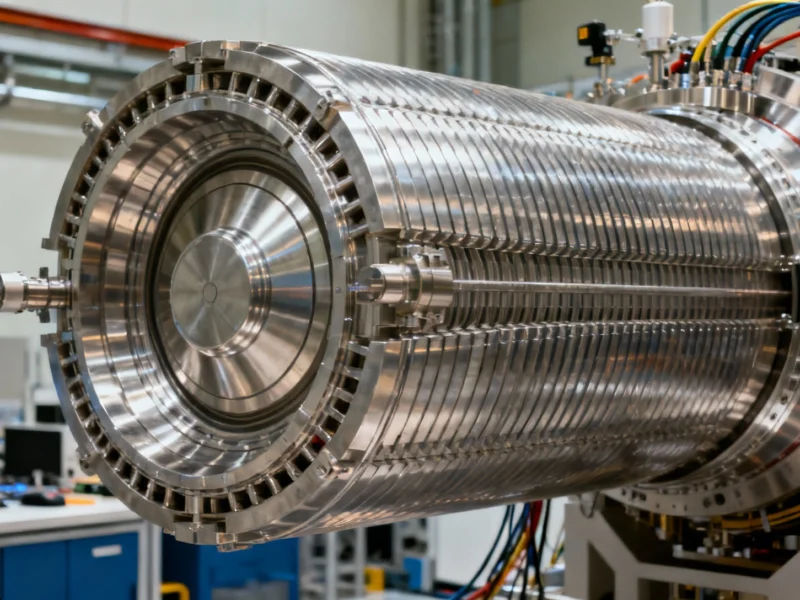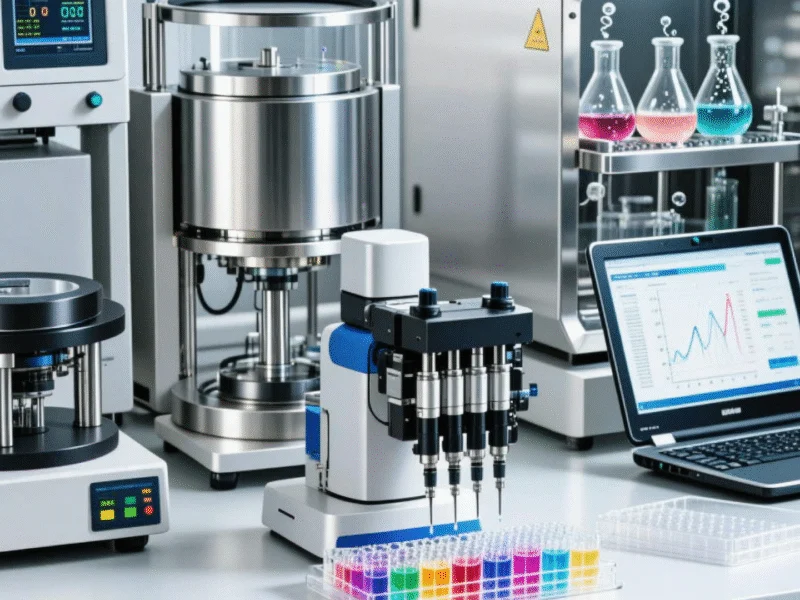Scientists at the Massachusetts Institute of Technology have taken a significant step toward scaling up nuclear fusion energy by developing an AI-powered model that predicts plasma behavior in tokamak reactors. This breakthrough addresses one of the most persistent challenges in making fusion power commercially viable: safely controlling plasma during reactor shutdowns.
The Plasma Control Challenge in Fusion Energy
When operating at full capacity, tokamak reactors contain plasma circulating at speeds approaching 62 miles per second and temperatures reaching 180 million degrees Fahrenheit—hotter than the Sun’s core. The challenge comes when reactors need to shut down, requiring a carefully controlled “ramp down” process to de-energize the plasma without damaging the reactor’s interior walls.
“For fusion to be a useful energy source, it’s going to have to be reliable,” explained Allen Wang, lead author of the study published in Nature Communications. “To be reliable, we need to get good at managing our plasmas. Uncontrolled plasma terminations can generate intense heat fluxes damaging the internal walls.”
Combining Physics With Machine Learning
The MIT team developed a novel approach that integrates fundamental physics principles with neural networks. Rather than relying solely on limited experimental data from expensive reactor runs, they combined their model’s neural network with equations describing plasma dynamics, creating a more robust prediction system.
According to MIT News coverage, the researchers trained their model using data from the TCV, a small experimental fusion device in Switzerland. This hybrid approach allowed them to overcome data limitations that have hampered previous prediction efforts.
Why Nuclear Fusion Matters for Clean Energy
Nuclear fusion represents the holy grail of clean energy—potentially providing abundant, safe power without greenhouse gas emissions or long-lived radioactive waste. The process replicates the same reactions that power stars, offering a practically limitless energy source if scientists can overcome technical hurdles.
Key advantages of fusion energy include:
• Zero carbon emissions during operation
• Inherent safety—fusion reactions cannot run away
• Abundant fuel from seawater and lithium
• Minimal radioactive waste compared to fission
The Tokamak Reactor Design
The tokamak design has emerged as the most promising approach for containing fusion reactions. These doughnut-shaped chambers use powerful magnets to confine the superheated plasma, preventing it from contacting the reactor walls while maintaining the extreme conditions necessary for fusion.
However, as technology analysts note, the complexity of managing plasma behavior has been a major barrier to scaling up fusion power. The delicate balance required during rampdown operations often pushes plasma closer to instability limits, creating significant operational challenges.
Broader Implications for Energy Technology
This research demonstrates how combining artificial intelligence with fundamental physics can accelerate technological breakthroughs in complex systems. Similar approaches are being explored across energy sectors, from optimizing renewable energy grids to improving battery storage systems.
As AI applications expand into various fields, the success of physics-informed machine learning in fusion research suggests potential for cross-disciplinary innovation. The methodology could be adapted for other complex physical systems where experimental data is limited or expensive to obtain.
The financial community is taking note of these developments, with investment analysis indicating growing interest in fusion energy startups and advanced energy technologies. As reliability improves, commercial fusion power becomes increasingly viable.
Path Forward for Fusion Energy
While significant challenges remain, this breakthrough in plasma prediction represents a critical step toward practical fusion power. The ability to accurately forecast plasma behavior during critical operational phases could dramatically improve reactor reliability and reduce maintenance costs.
The research team plans to continue refining their model and testing it across different reactor configurations. As they gather more data and improve prediction accuracy, the approach could become standard practice in fusion facilities worldwide, bringing us closer to realizing the dream of clean, abundant fusion energy.



